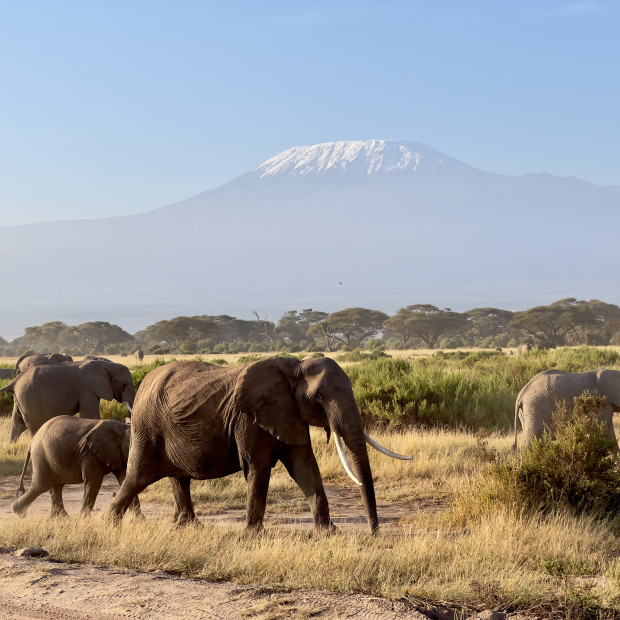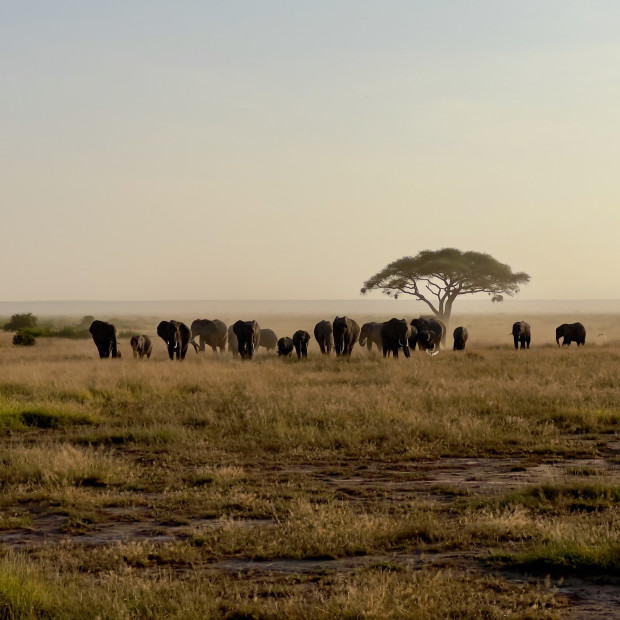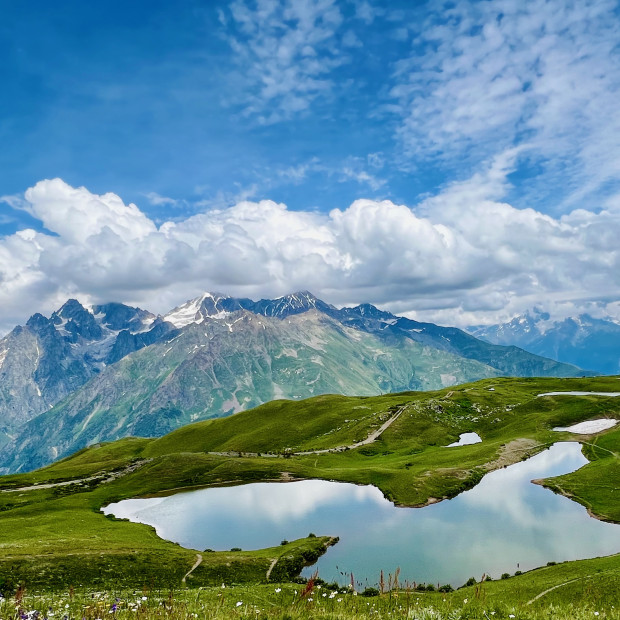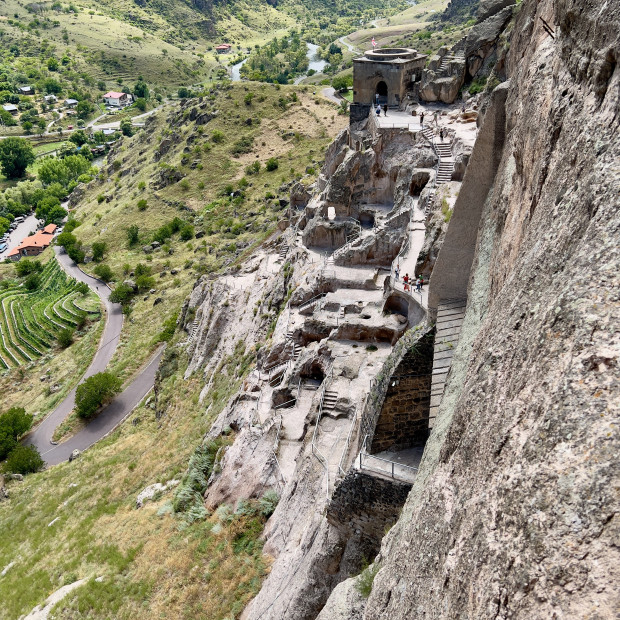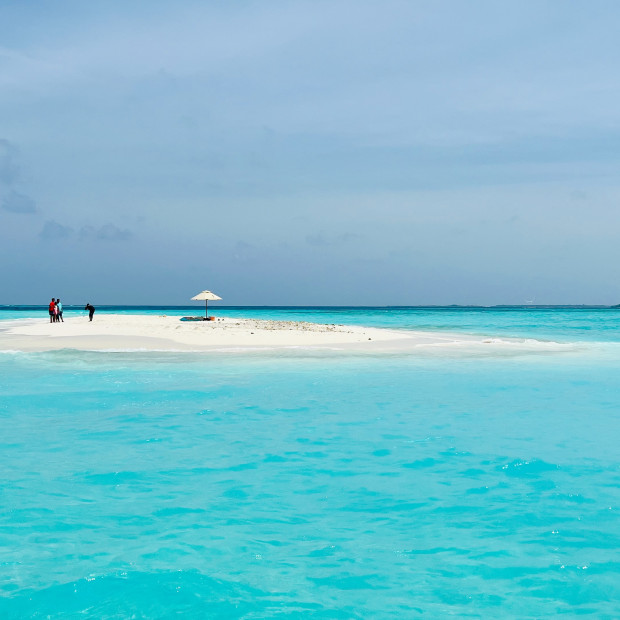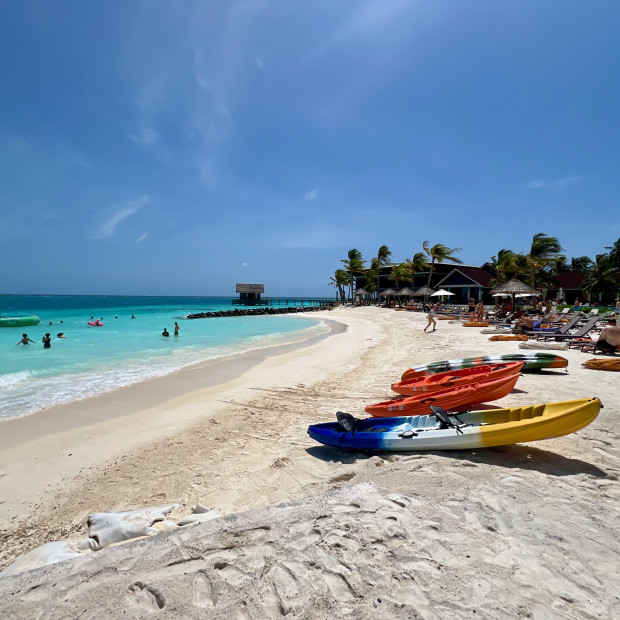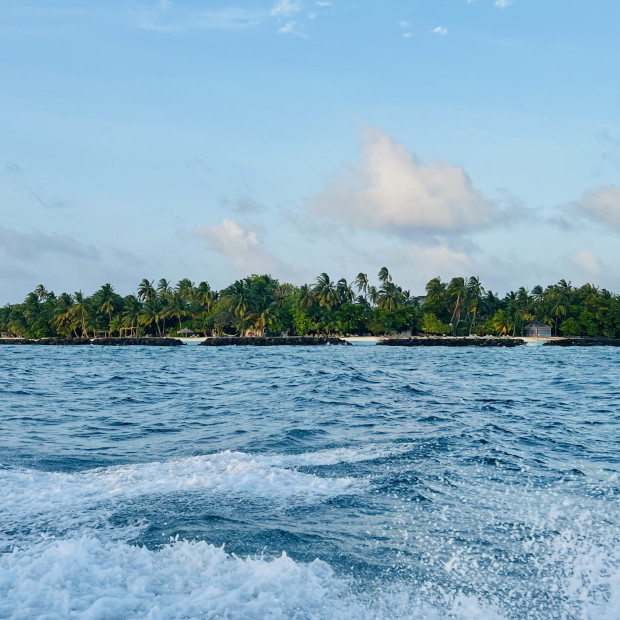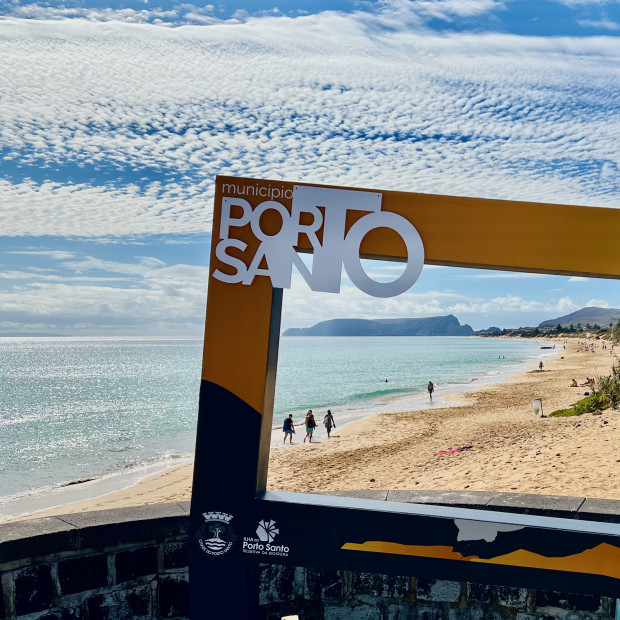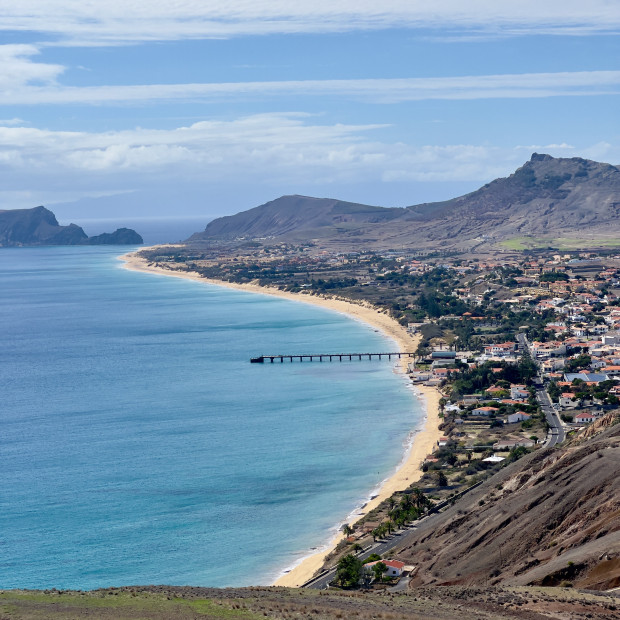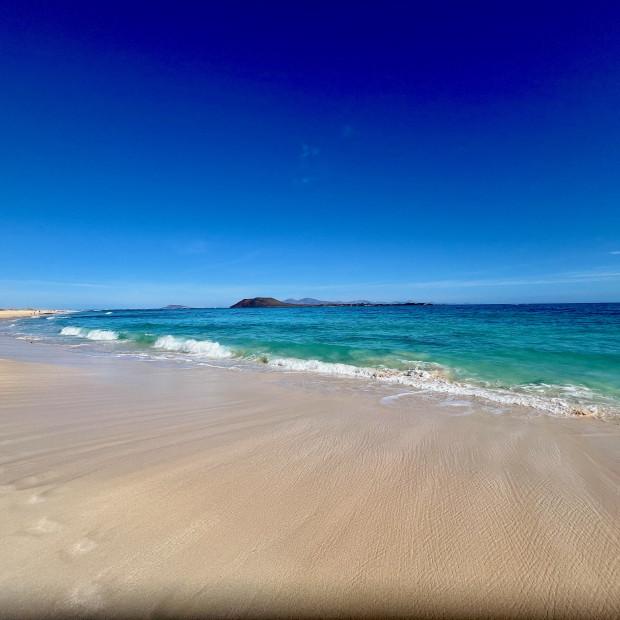About this place
Tsavo National Park: Kenya's Wilderness Giant
Tsavo National Park, divided into Tsavo East and Tsavo West, constitutes Kenya's largest protected area and one of Africa's most expansive wildlife sanctuaries. Combined, these parks cover approximately 22,000 square kilometers, representing about 4% of Kenya's total land area—a wilderness roughly the size of Wales or Israel.
Established in 1948, Tsavo is characterized by its semi-arid landscape, dramatic geological features, and diverse ecosystems ranging from riverine forests along the Galana and Tsavo Rivers to volcanic hills, extensive savanna plains, and the striking Yatta Plateau—one of the world's longest lava flows at 290 kilometers.
Tsavo East, the larger and more accessible section, features relatively flat terrain with the Galana River as its lifeline. The park is known for its large elephant herds, often covered in distinctive red dust from the region's iron-rich soil. This "red elephant" phenomenon creates a striking visual signature unique to Tsavo. The elephant population, once decimated by poaching in the 1970s and 1980s, has gradually recovered through conservation efforts.
Tsavo West offers more varied topography, including the Ngulia Rhino Sanctuary, established to protect the critically endangered black rhinoceros. The park's Mzima Springs—a series of natural springs producing 250 million liters of crystal-clear water daily—supports crocodiles, hippos, and various fish species, viewable from an underwater observation chamber.
The parks' historical significance extends beyond conservation. During World War I, British and German forces clashed in the area. More famously, in 1898, two maneless male lions known as "The Man-Eaters of Tsavo" killed numerous construction workers building the Kenya-Uganda Railway bridge over the Tsavo River, an event later documented in literature and film.
Wildlife in Tsavo includes all of Kenya's "Big Five" (elephant, rhino, buffalo, lion, and leopard), alongside cheetahs, zebras, giraffes, and over 500 bird species. The northern section of Tsavo East remains one of Kenya's least disturbed wilderness areas, with limited access roads maintaining its pristine character.
Conservation challenges include periodic drought, human-wildlife conflict along park boundaries, and infrastructure development pressures. The parks' size makes anti-poaching efforts logistically challenging, though improved surveillance technologies have enhanced protection in recent years.
Tsavo's varying ecosystems create distinct visitor experiences between the parks. Tsavo East offers expansive visibility across plains, making wildlife spotting more straightforward, while Tsavo West's more rugged landscape rewards patient exploration with unique geological features and more intimate wildlife encounters.
For visitors, Tsavo provides a less crowded alternative to Kenya's more famous Maasai Mara, especially during peak tourism seasons. The parks' vast scale means that even during busier periods, visitors can experience profound wilderness solitude rarely available in more compact reserves.

